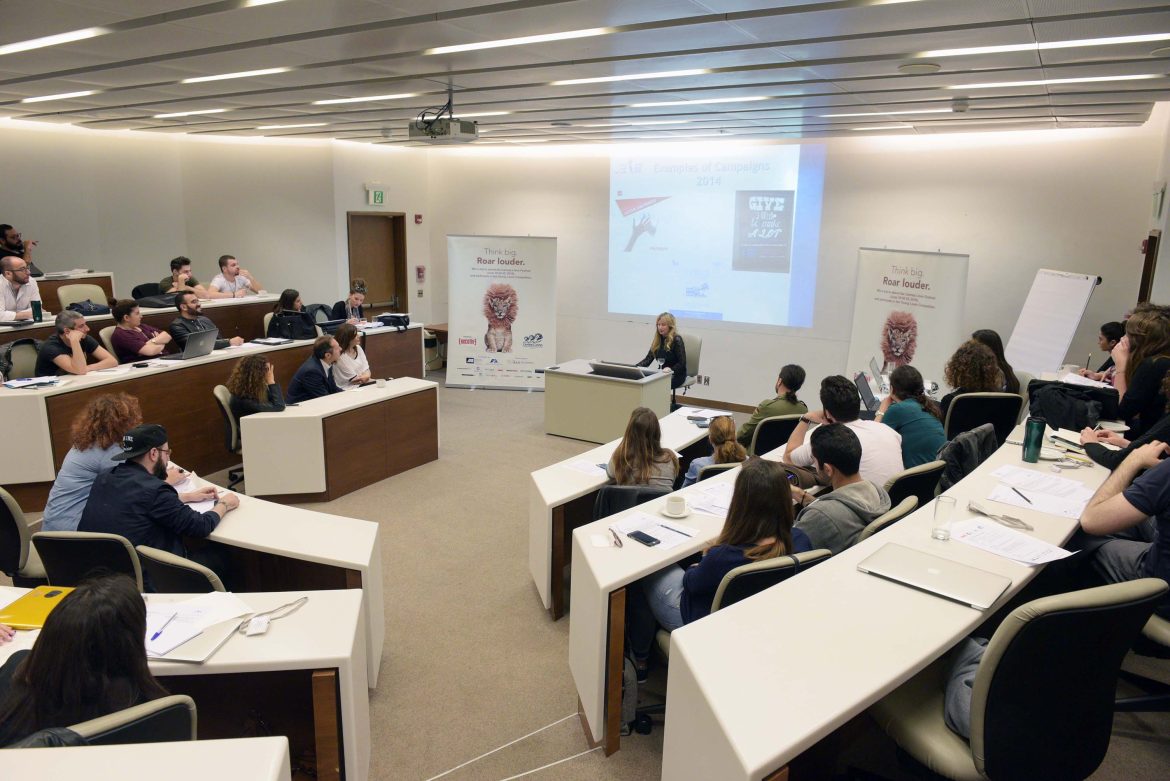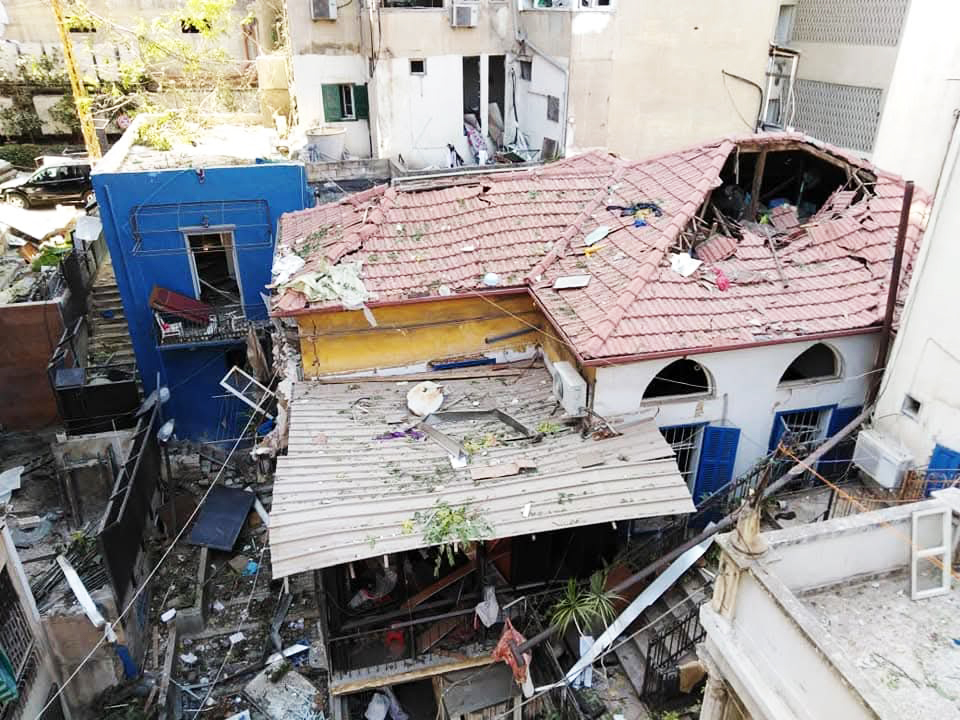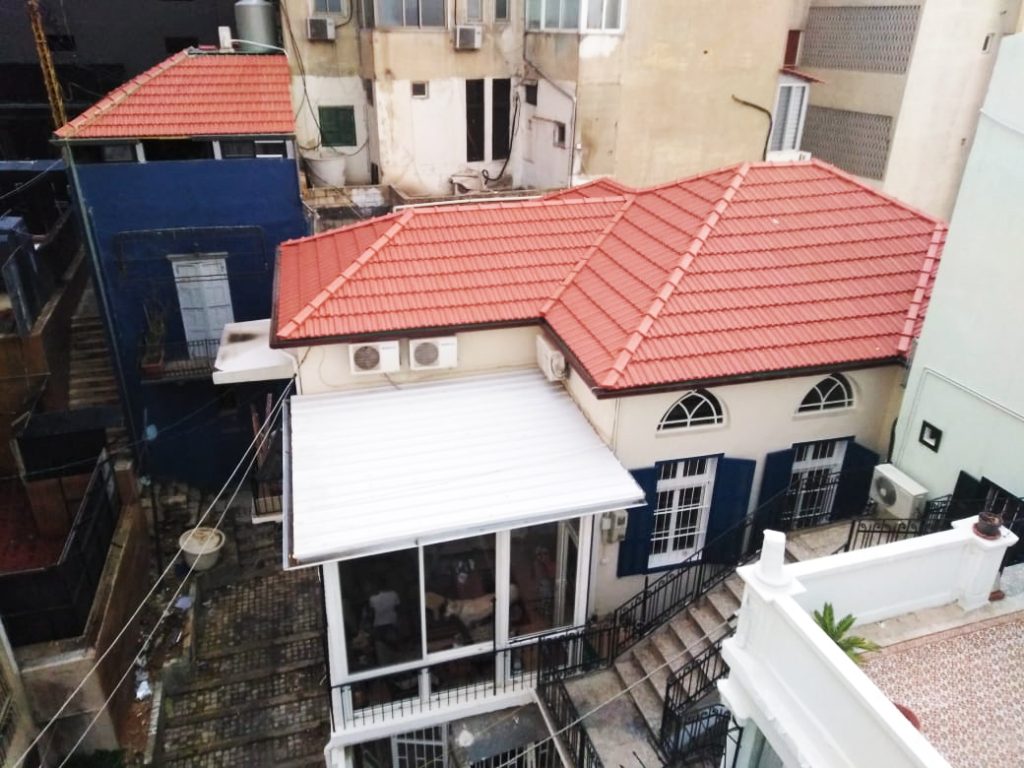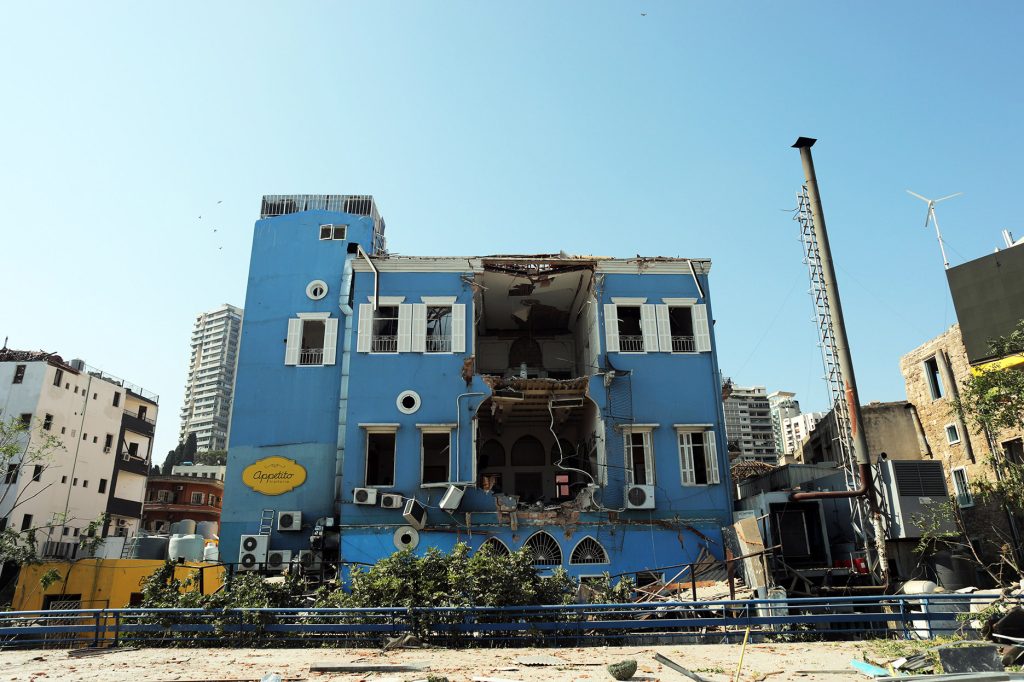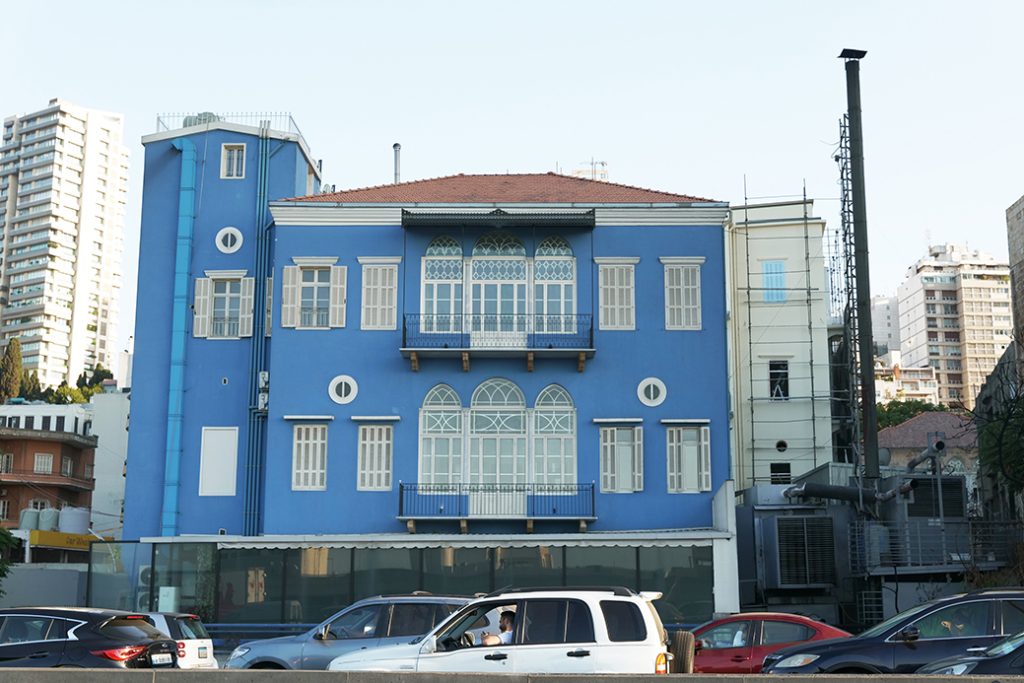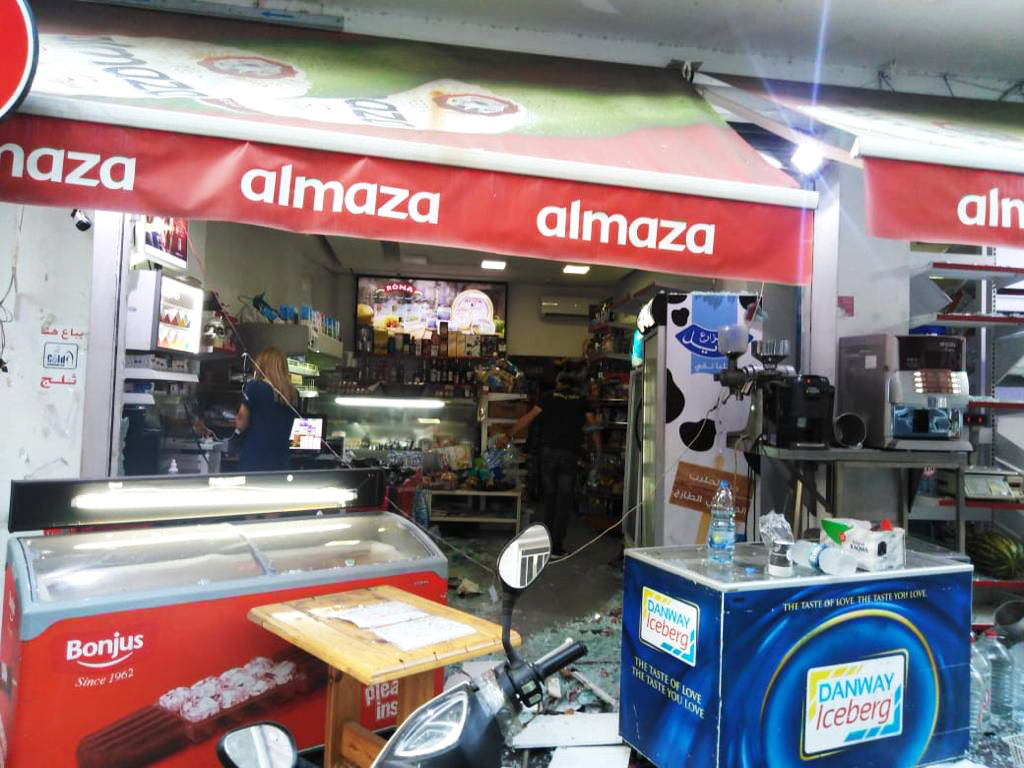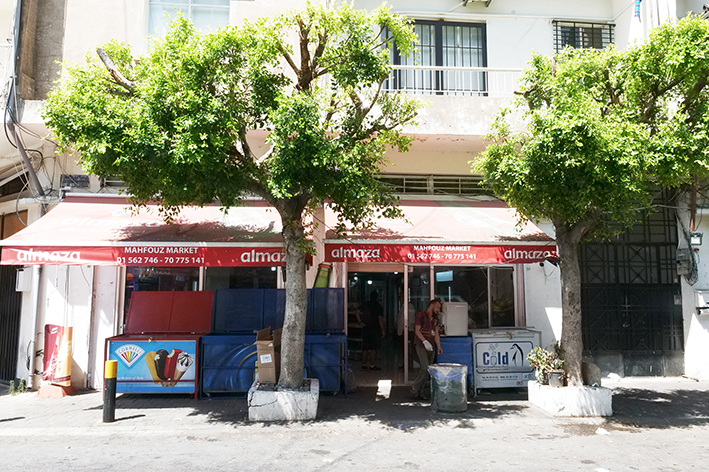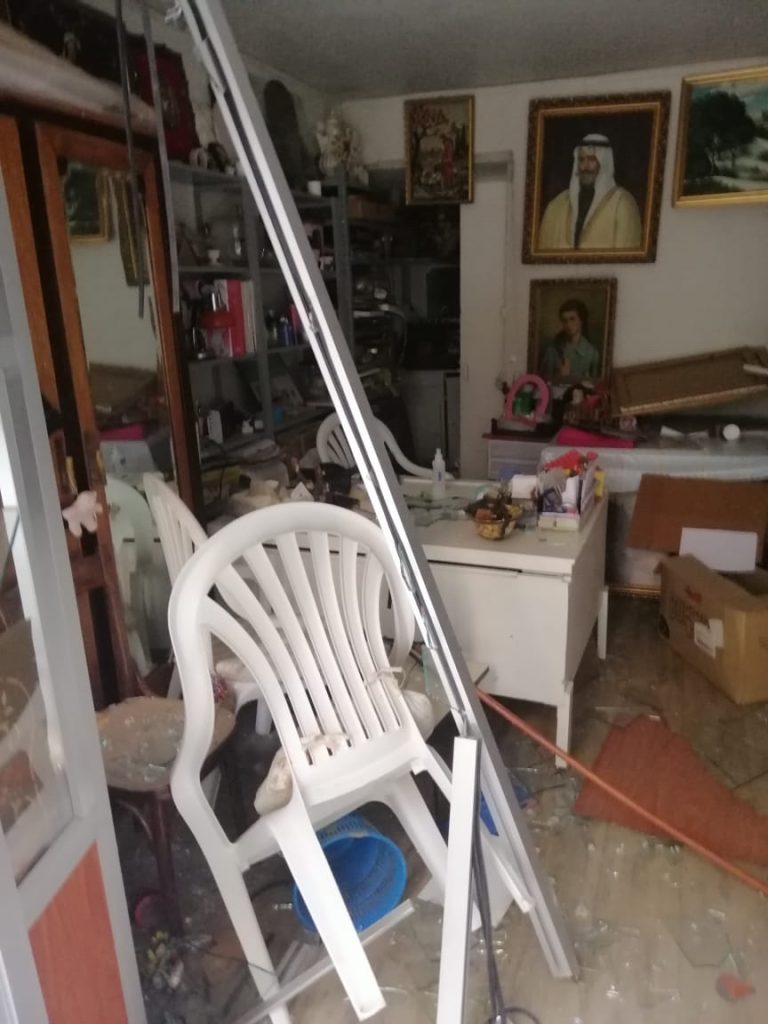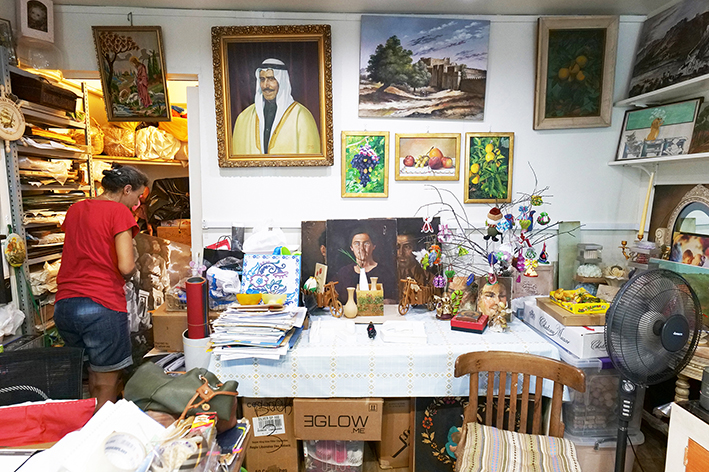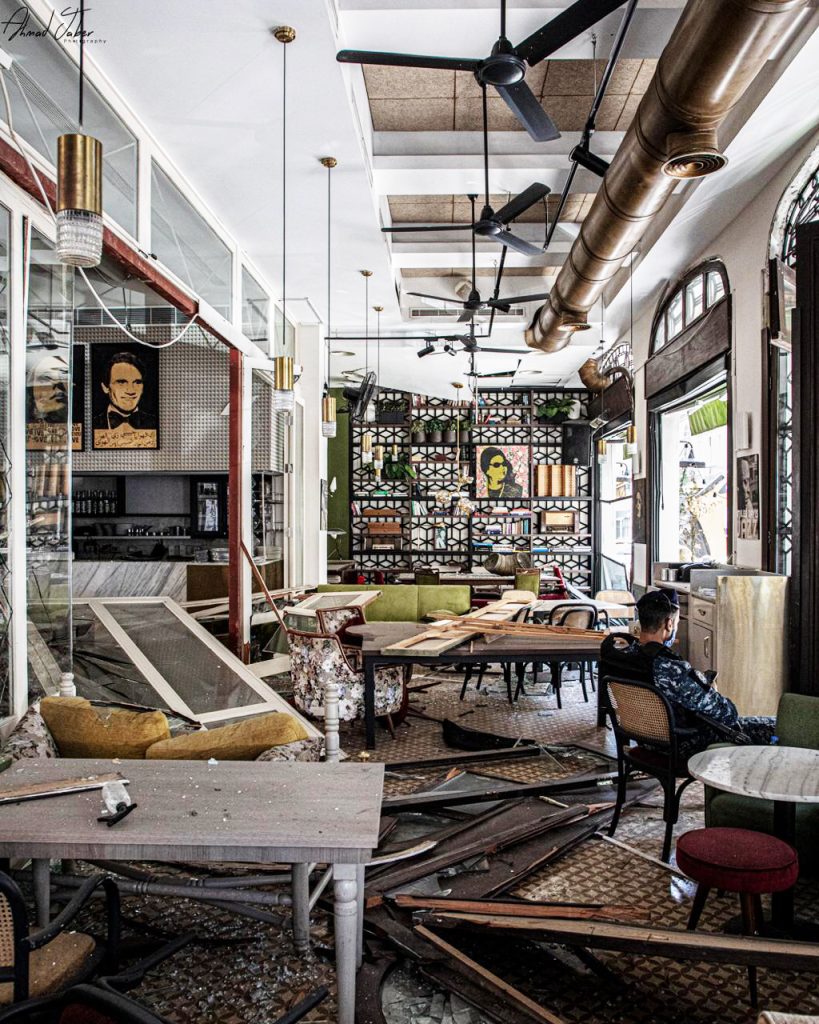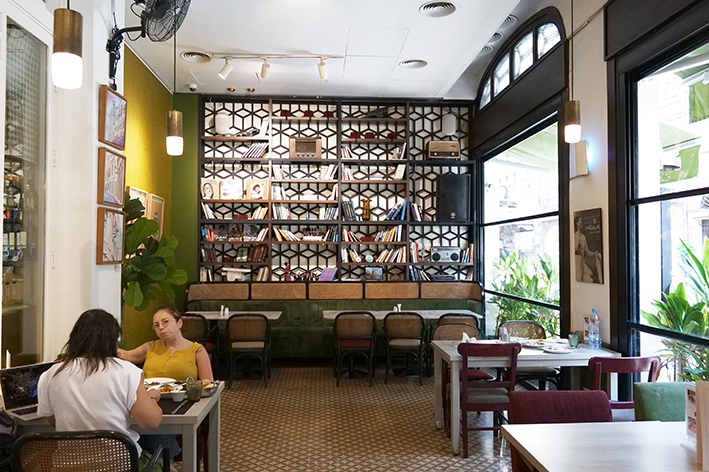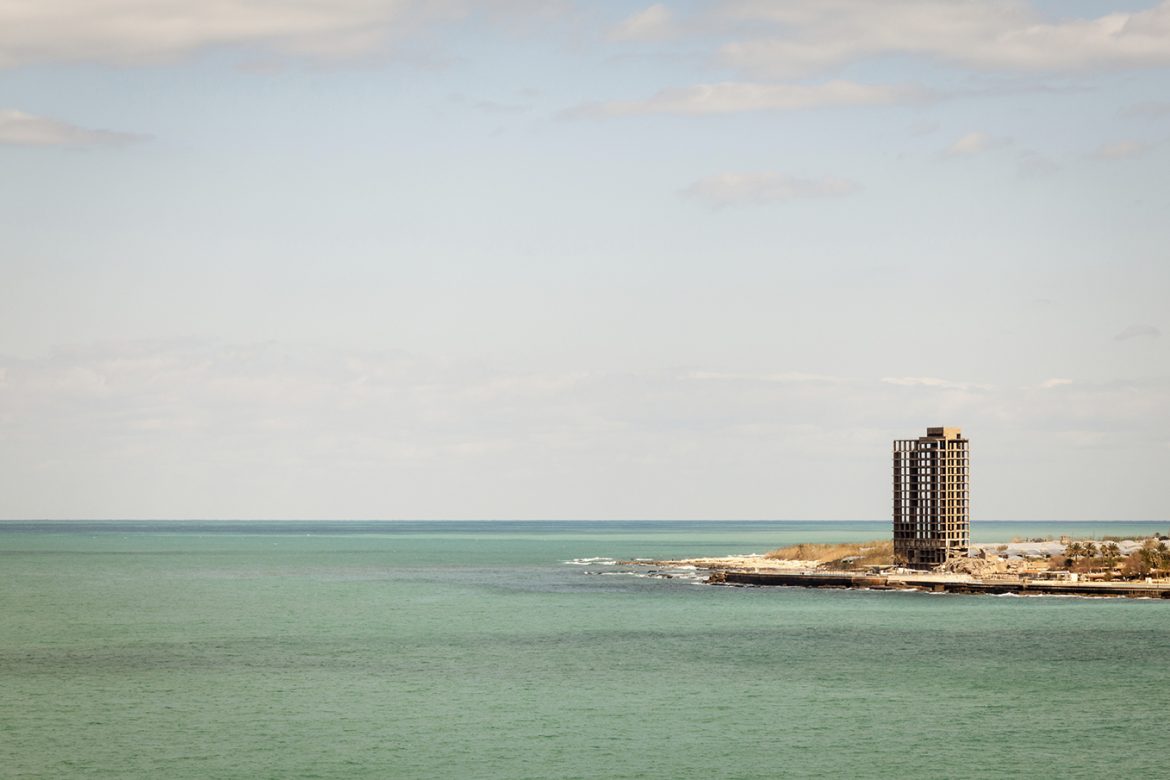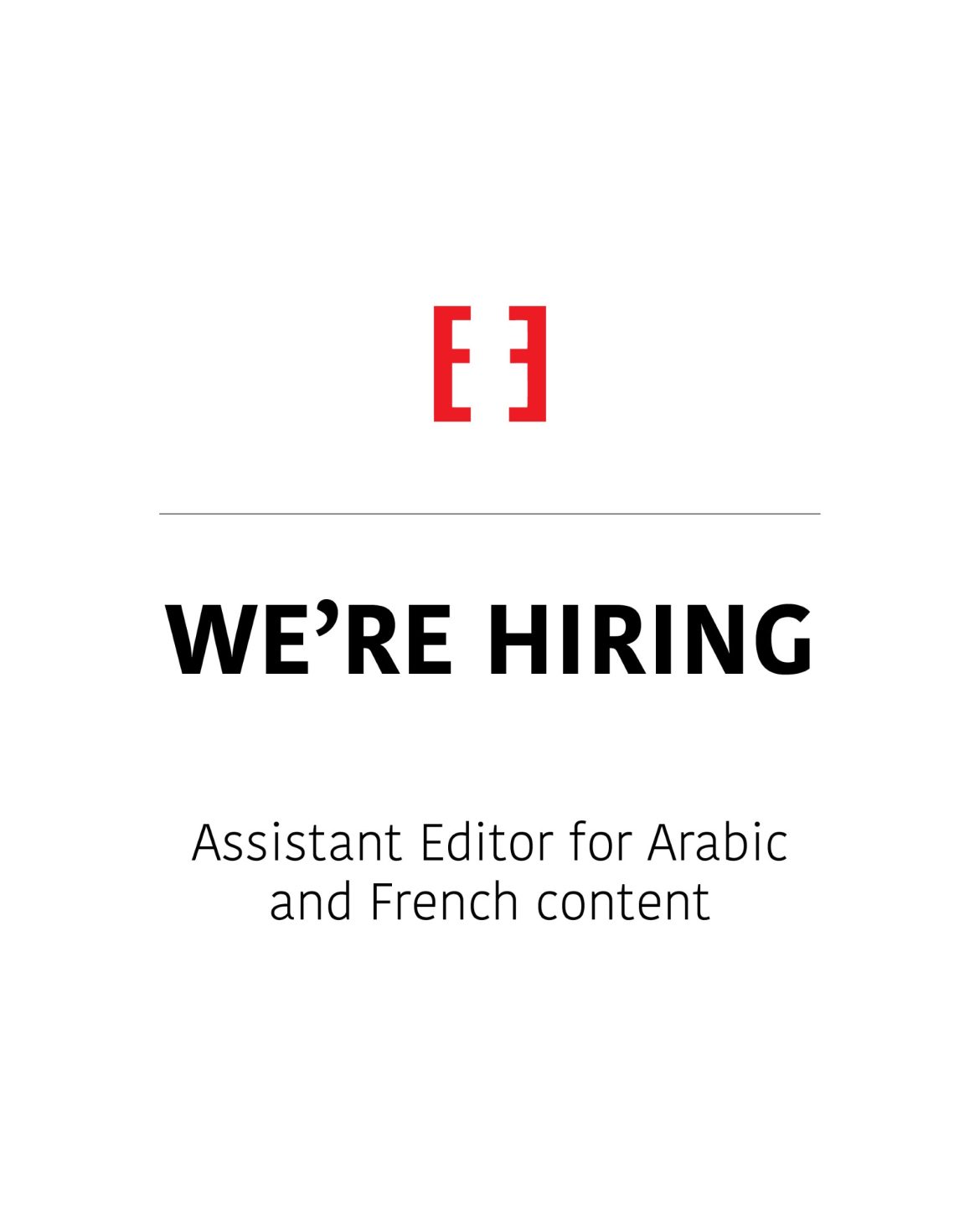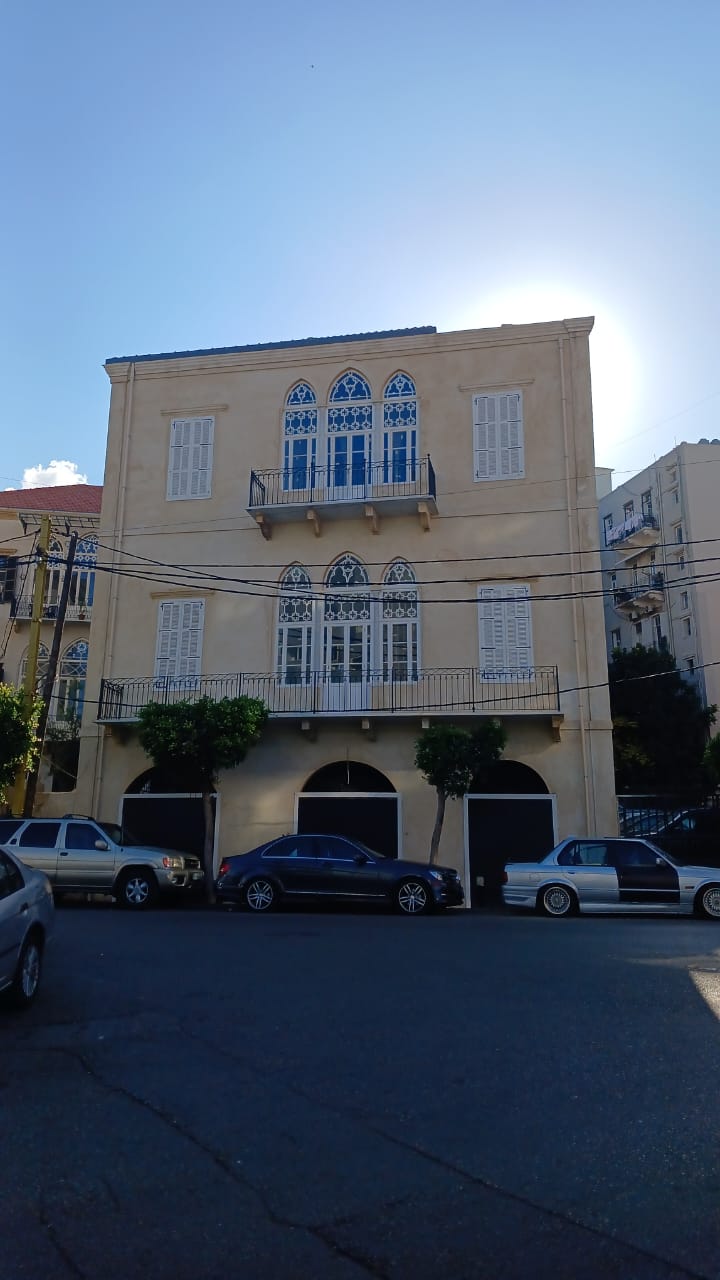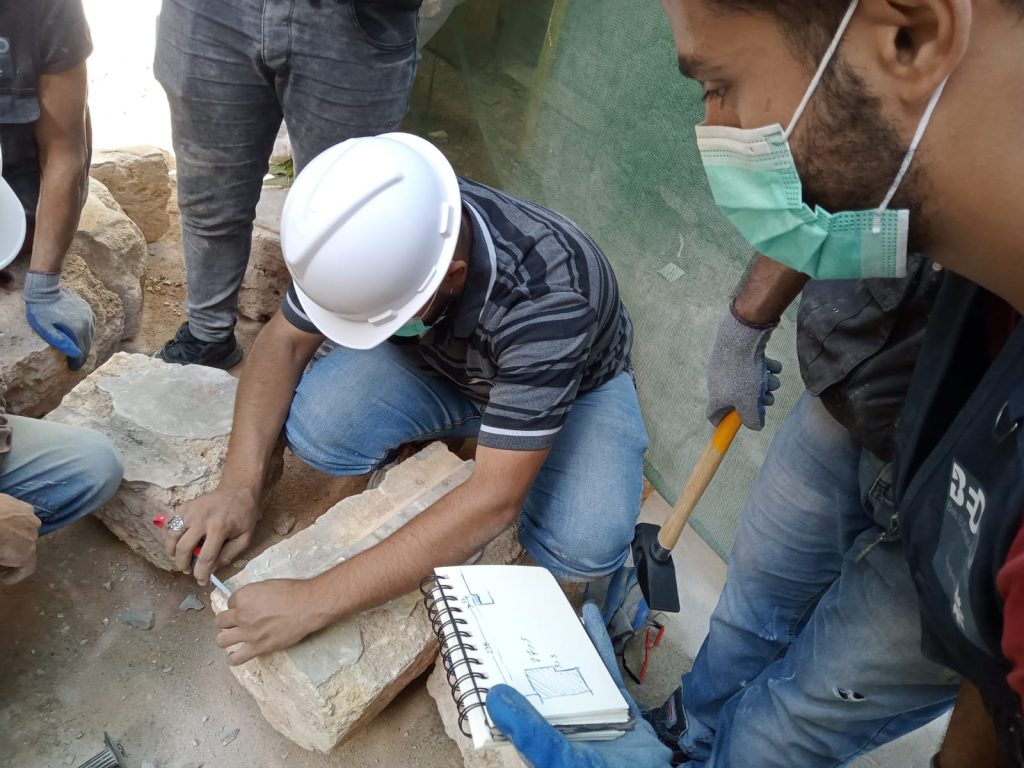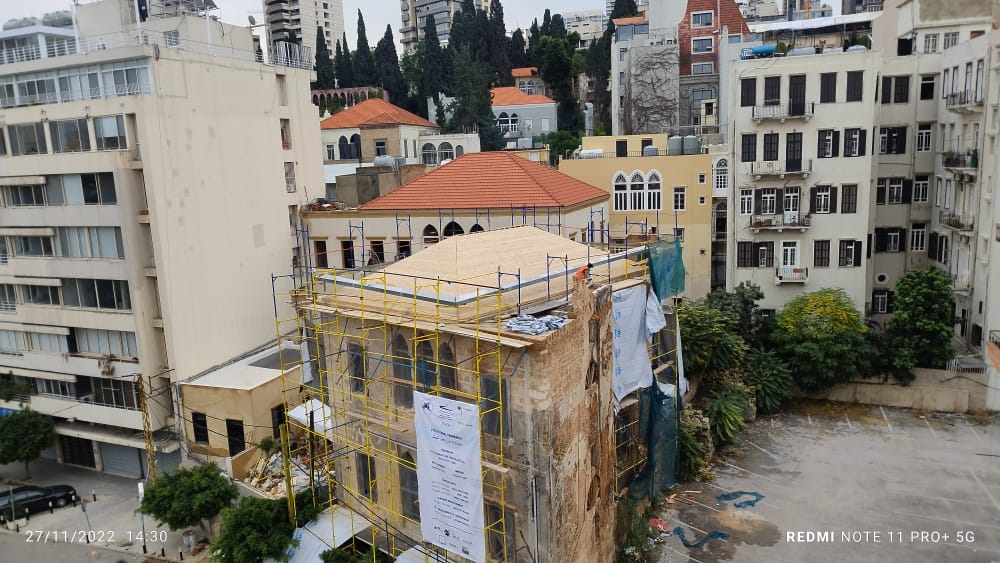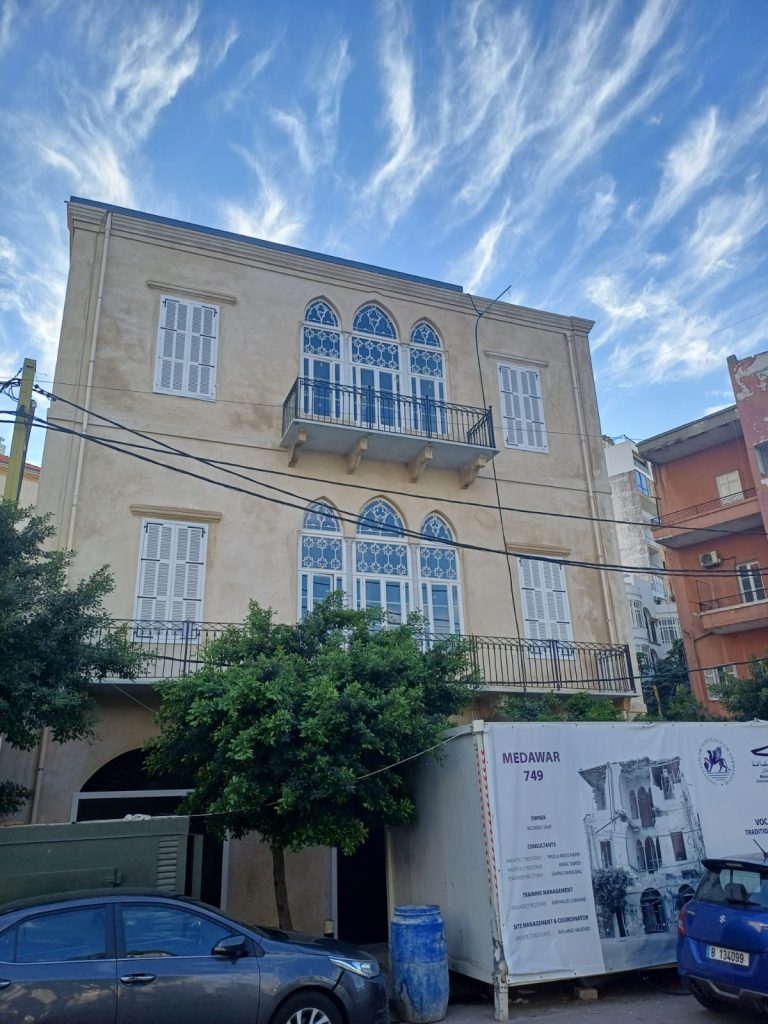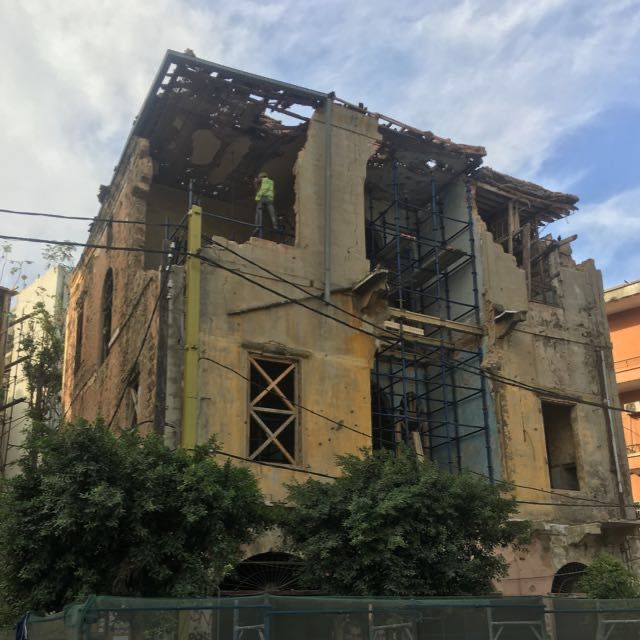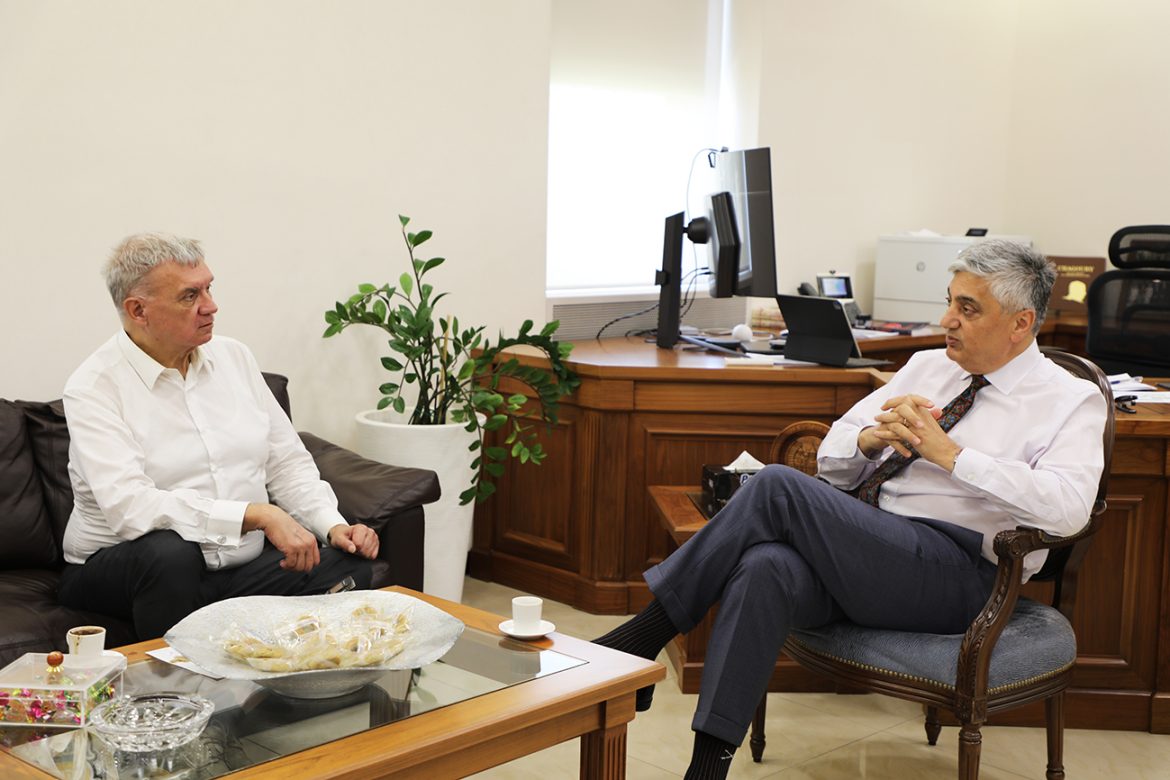This is an adapted version of Keynote remarks delivered by Paul Salem on September 24 at the opening of a conference entitled Research in Conflict Settings, hosted by the American University of Beirut, and co-organized with Birzeit University and the Canadian international Development and Research Council.
There is little doubt that the contemporary Middle East is beset by multiple deep and cross-cutting crises. And indeed, this conference is convened to examine how engaged researchers can forge a path out of this crisis-laden reality. But before delving into our region’s crises, and possible ways out, it is worth pausing to reflect on what we mean when we invoke the concept of ‘crisis’.
Some see crisis as rupture — the sudden interruption of normal life. But as Michel Foucault asked, what exactly is “normal,” and what injustices or exclusions might be hidden beneath it? For Antonio Gramsci, crisis was a time when “the old is dying and the new cannot yet be born” — an interregnum that is dangerous but also one that is full of potential. The Chinese word for crisis combines the characters for danger and opportunity — a reminder that crisis can be a turning point.
More recently, scholars and observers have described our global moment as one of polycrisis or even permacrisis — a convergence of political, economic, security, climatic, and digital shocks that feel less like temporary ruptures and more like a new normal. The danger of this framing is that it encourages resignation — the normalization of conflict and suffering. The challenge is to resist that temptation, to acknowledge the weight of crisis but also to search for a way forward.
The Middle East Today
Nowhere does the sense of polycrisis and permacrisis resonate more acutely than in the Middle East. The region is caught in overlapping geopolitical conflicts, fragile politics, uneven economies, contested social structures, unfinished cultural debates, and severe environmental stress.
Geopolitically, wars have become the new normal, displacing millions, toppling governments, and reshaping alliances between states and armed groups. The most horrendous and heart rending is the killing and starvation of the Palestinian population of Gaza.
Politically, more than a century after the end of the Ottoman Empire, Arab states are still struggling to establish inclusive and accountable systems of governance. Monarchies remain relatively stable, but most of the revolutionary republics hardened into authoritarian rule. The few democracies have either backslid — as in Tunisia — or remain haunted by sectarianism and corruption, as in Iraq and Lebanon. Other states have collapsed into state failure and civil war, like Yemen and Libya, and most recently and terribly, Sudan.
Economically, the inequalities are staggering. Gulf economies have harnessed energy wealth to diversify, invest, and increasingly innovate. By contrast, energy-poor states with large populations — Egypt, Jordan, Tunisia — have failed to deliver growth and jobs commensurate with their demographic and educational potential. The promise of the “youth bulge” has too often turned into a source of frustration and unrest. Despite favorable fundamentals, the Arab region has fallen far short of the economic performance of East Asia, where similar challenges were turned into engines of growth.
Socially, questions of public space, women’s rights, youth participation, and minority inclusion remain unresolved and contested. In some societies, space has opened for women and young people; in others, retrenchment and exclusion dominate.
Culturally, the Arab world is still wrestling with issues that have been on the table since the 19th-century Nahda: the relationship between religion and secularism, communal identity and individual rights, faith and reason. These debates remain unfinished, and their outcomes continue to shape politics and society.
Environmentally and technologically, the pressures are profound. Climate change and water scarcity are hitting the region earlier and harder than elsewhere, intensifying competition over resources and fueling migration. At the same time, digital transformation and artificial intelligence are reshaping economies and public spheres. These offer new opportunities for innovation and empowerment, but also new risks — disinformation, cyberwarfare, and technological exclusion.
Yet, despite the darkness, the region is not without sources of hope. Some economies are embracing transformation and finding paths toward diversification and modernity. Countries like Lebanon and Syria are presented with new openings to rebuild sovereignty, governance, and economic vitality. Across the region, brave actors in civil society, the private sector, and some public institutions are working to improve social and political conditions.
History offers perspective. Europe lay in ruins 80 years ago, East Asia 60 years ago. Today both are largely prosperous and peaceful. The only constant in history is change; the challenge is to bend it in a positive direction.
Engaged Research
One might ask, what can engaged researchers do in the face of such daunting realities? But we, like other active and engaged groups within our world, have an important role to play: in engaging communities to identify agendas and priorities; in undertaking research that not only describes challenges but points to solutions and a way forward; in bringing the force of ideas to impact change in the real world.
For much of the twentieth century, research on crisis settings was largely extractive. Researchers would arrive, collect data, write reports, publish in journals, and move on. Communities under study often saw little benefit from this process. Today, that model is no longer acceptable. Communities in crisis need research that is not just about them, but also for them.
This means moving from passive observation to engaged scholarship. Researchers must become not just chroniclers of tragedy but contributors to recovery and transformation.
But this shift is not easy. It requires balancing scientific rigor with the urgency of action. We must still care about methodology, validity, peer review — but we must also be able to provide insights quickly enough to inform decision-making in real time.
It also requires breaking down silos. A crisis is rarely just a public health problem, or just an economic problem, or just a security problem. It is often all of these at once. That means researchers must collaborate across disciplines — political scientists with public health experts, economists with sociologists, computer scientists with artists and anthropologists.
And crucially, we must work with communities, not just on them. Participatory research approaches — co-creating knowledge with affected populations, sharing findings in ways that are accessible, and allowing communities to shape research priorities — are not just ethically sound, they are practically effective. Research designed with communities in mind is more likely to produce insights that are actionable and relevant.
In the prism of action, we must also take seriously the challenge of moving research findings forward along the path of policy impact and policy making. Engaged research without impact is of little worth to the communities it seeks to assist.
Looking Ahead
As we look ahead, we know that the polycrises the region is witnessing will not just cease, but will likely evolve and metastasize. Climate change will reshape agriculture, migration, and conflict patterns. Digital transformation will bring new research tools — real-time data, predictive analytics — but also new risks: surveillance, disinformation, cyberwarfare. Automation will disrupt labor markets, creating new social challenges. Furthermore, regional and global geopolitics will continue to evolve. Truly, while the old regional and global orders are dead, new ones have not yet emerged.
While it is not possible, in this complex reality, to predict the future, the methods of strategic foresight can help us describe alternative scenarios for the future, that can serve as a macro guide to the engaged research community, and to all those committed to turning the wheel of history in a more positive direction.
One can imagine three broad scenarios. First, a positive scenario in which the region turns from war to peace, with a two-state solution in Palestine, an Iran that has pulled back from regional ambitions, and a region that has negotiated peace, security, and economic integration on a solid footing. Within this positive scenario we can’t realistically imagine democracy and good governance breaking out throughout the region but can imagine steady progress in consolidating democracy where it exists; increasing representation and accountability in both monarchies and republics and seeing improvements in political and economic governance that bring wider and more inclusive prosperity.
A second scenario could be a very dark one, where conflict spreads, states collapse, and decades of fragile progress are undone. A middle scenario would be one resembling the pre-2023 status quo — semi-stability with festering crises alongside islands of prosperity.
These thumbnail sketches of possible futures are not presented to indicate any predictive capacity, but rather to indicate that the art and science of strategic foresight is a tool that we can all beneficially use, and to indicate that we have to imagine the outlines of a better future if we want to set our sights on trying to bring it about.
A resolute determination
The Middle East today is defined not only by polycrisis and permacrisis, but also by resilience and potential. Its challenges are profound, but its future is not foreordained.
Citizens, policymakers, civil society, and researchers alike have roles to play. The more shoulders push against the wheel of history, the more likely it is to turn in a positive direction. The region has known many false dawns, but history teaches us that even prolonged periods of turmoil eventually give way to renewal and transformation. Europe rose from the devastation of two world wars; East Asia emerged from colonial subjugation and conflict to become a hub of prosperity. The Arab world is no less capable of such recovery.
What is required is both vision and persistence: the vision to imagine alternatives to endless conflict, and the persistence to pursue them despite setbacks. We must refuse the temptation of despair and the paralysis of resignation. If we can sketch out futures of just peace, inclusion, and prosperity — even in outline — we can orient policies, social movements, and scholarship toward those ends.
The Middle East’s story is still being written. The question is whether it will be a story of perpetual breakdown, or one of eventual breakthrough. That depends not only on states and leaders, but also on the countless individuals, communities, and institutions that continue to strive, resist, and rebuild. It is to their resilience, and to the possibility of a more peaceful, prosperous, and just region, that we must commit our efforts and our hope.

